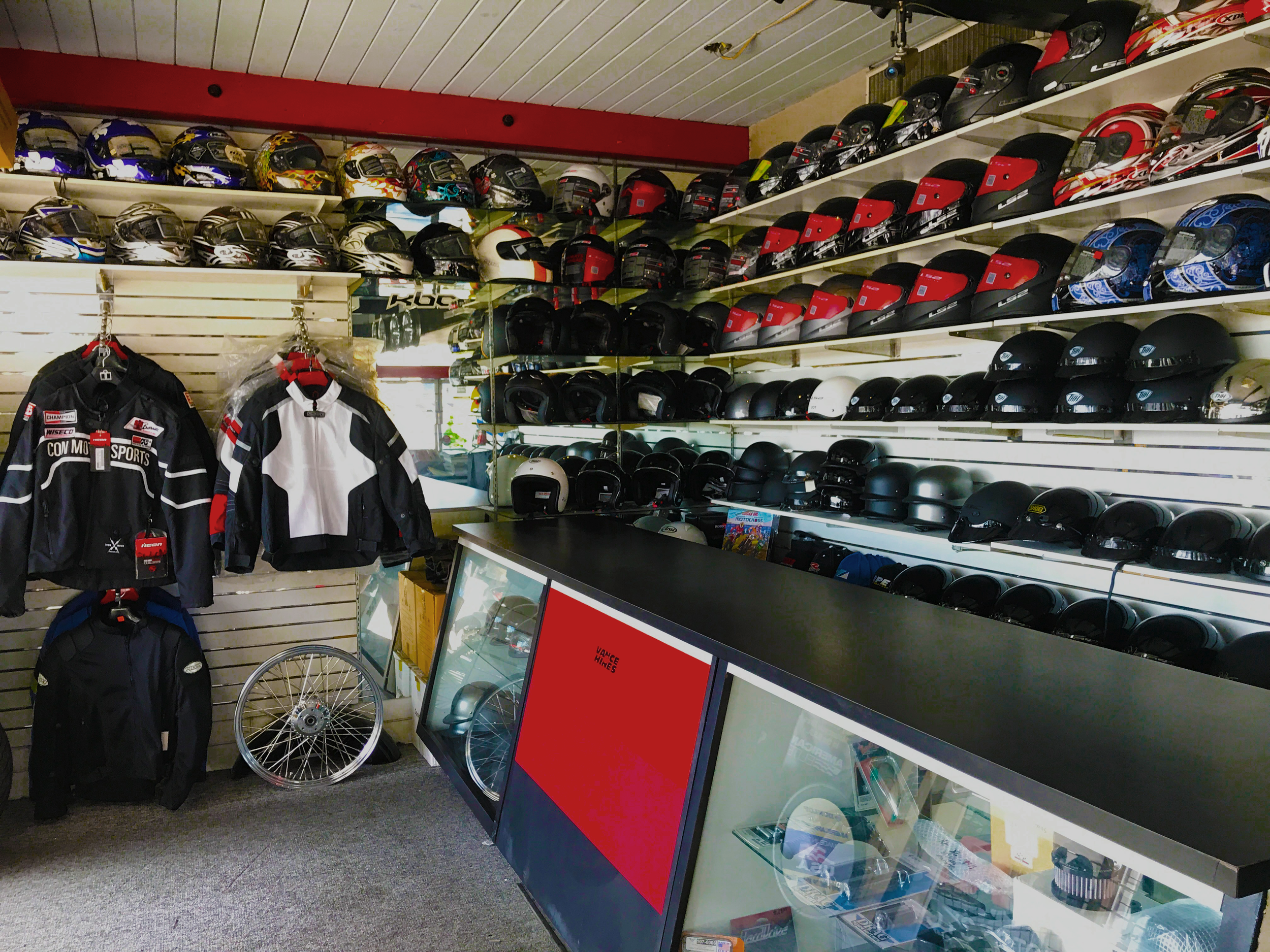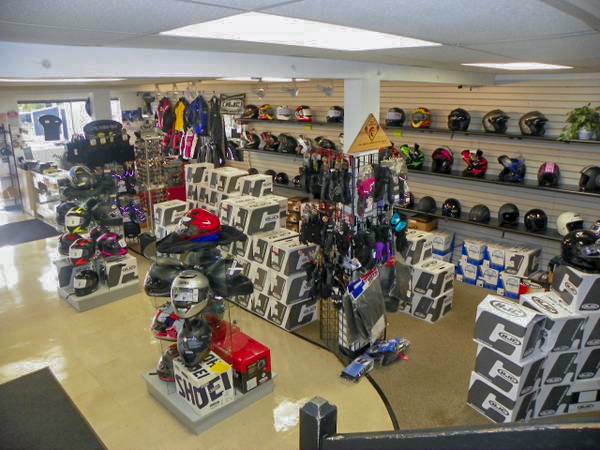Store the most effective MX Parts NZ for Your High-Performance Bike
Store the most effective MX Parts NZ for Your High-Performance Bike
Blog Article
Understanding Motorbike Gears: How to Maximize Your Riding Experience
In the world of motorcycling, mastering the art of gear adjustment is critical for improving your riding performance. Properly utilizing and recognizing motorbike gears can significantly influence control, gas, and acceleration performance, transforming a typical experience right into a smooth, thrilling journey. By including accurate change timing and adjusting gear choice to numerous roadway conditions, cyclists can guarantee ideal engine efficiency and security. The nuances of clutch control, throttle sychronisation, and gear technicians bid a deeper exploration, guaranteeing to unlock the full potential of your device. Exactly how can these methods be used to truly maximize your riding experience?
Understanding Equipment Mechanics
At the core of motorbike characteristics, equipment auto mechanics play a crucial function in converting engine power right into motion, inevitably determining rate and control. The gear ratios, very carefully developed, identify the relationship between engine changes and wheel turns, affecting velocity and gas efficiency.
Recognizing gear technicians starts with acknowledging the value of the gearbox, which houses numerous gears of varying dimensions. These equipments engage through a procedure recognized as meshing, where teeth of various equipments involve to transmit power.
In addition, the concept of equipment changing is important to making the most of performance. Prompt and smooth changes make sure that the engine runs within its optimal power band, preventing unneeded strain and improving longevity (motocross gear). By comprehending these mechanical complexities, cyclists can achieve a harmonious mix of efficiency, power, and control, boosting their riding experience
Timing Your Shifts
Shift timing mastery is important for maximizing motorcycle performance and enhancing the riding experience. Appropriately timed changes ensure that the engine runs within its optimal power band, which is vital for maintaining control, attaining smooth acceleration, and guaranteeing the longevity of the bike. Cyclists must develop an instinctive feeling of when to change equipments, which involves understanding the partnership in between engine transformations per minute (RPM) and rate.
To grasp change timing, pay close focus to the engine's noise and really feel, as these offer essential hints concerning when to change gears. When the engine comes close to the upper variety of its power band without reaching the redline, the optimal change point usually takes place - motorbike shop. Moving too early can result in a lack of power, while changing too late may create unneeded engine pressure
Additionally, road conditions and riding style influence change timing. For example, in city settings, smoother and a lot more constant changes might be necessary to browse traffic successfully. In comparison, during freeway riding, fewer changes at higher speeds can be better suited. Practicing in diverse settings will certainly boost your capacity to time shifts exactly, inevitably raising your riding experience to a specialist degree.
Enhancing Fuel Efficiency
While grasping motorcycle equipments is essential for performance, enhancing fuel effectiveness is equally crucial for both ecological and economic reasons. Optimal fuel intake not just minimizes operational costs yet likewise reduces the eco-friendly impact of riding. To attain this, one find more information have to recognize the elaborate partnership between gear choice and engine efficiency.
To start with, selecting the ideal gear at proper speeds can dramatically influence gas consumption. Riding in a greater gear at reduced rates can cause engine carrying, which is destructive to both fuel economy and engine health and wellness. Conversely, riding in lower gears at broadband leads to unnecessary gas intake. Thus, keeping an optimum balance by moving equipments in positioning with road problems and anticipated maneuvers is important.
Additionally, normal maintenance plays a pivotal function in fuel efficiency. Making certain that the motorcycle is well-tuned, with clean air filters and effectively inflated tires, can reduce and boost the rules of aerodynamics fuel wastage. Embracing a riding design that welcomes gradual velocity and smooth slowdown can contribute to far better gas economy.

Methods for Smooth Transitions
Accomplishing smooth equipment transitions is essential to improving the riding experience and ensuring the long life of a bike's transmission system. Appropriate equipment shifting not only adds to a smooth ride yet also reduces damage on the mechanical components. To grasp the art of smooth changes, riders have to concentrate on a couple official statement of essential techniques.

Second of all, clutch control plays a pivotal function. Engaging and disengaging the clutch smoothly needs technique. The clutch lever must be launched progressively, enabling a seamless transfer of power from the engine to the wheels without triggering a shock or sudden movement.

Adapting to Road Conditions
Navigating varied road conditions is a critical skill for any type of motorcyclist intending to preserve control and safety. Whether you're riding on damp surface areas, crushed rock roads, or browsing sharp turns, your ability to adapt your gear use and riding strategy is extremely important. Understanding how to adjust your equipments properly can considerably affect grip and stability, making sure a much safer journey.
On damp roads, it is advisable to keep greater equipments to reduce torque and lessen wheel spin. This method aids maintain grip on slippery surfaces, permitting smoother acceleration and deceleration. In contrast, when riding on crushed rock or irregular surface, lower gears are better. Lower gears provide far better control and allow you to react even more promptly to unexpected changes in the road surface.
Sharp curves require accurate gear monitoring to stabilize rate and control. Downshifting before entering a curve can aid keep momentum while guaranteeing the bike continues to be steady throughout the turn. Consistent method in different conditions enhances your ability to predict and react to adjustments in roadway texture and slope.
Final Thought
Mastering bike gears significantly improves the riding experience by boosting gas, control, and acceleration efficiency. Adapting gear choice to numerous road problems, such as making use of higher equipments on wet surfaces and lower equipments on crushed rock, additional boosts handling and security.
Recognizing gear auto mechanics starts with acknowledging the significance of the transmission, which houses several gears of varying sizes. These gears engage with a process understood as meshing, where teeth of various gears engage to transmit power (moto parts nz). Gentle modifications to the throttle throughout equipment shifts can protect against jerky movements and preserve a constant riding speed
Whether you're riding on wet surfaces, crushed rock roadways, or browsing sharp turns, your capacity to adapt your gear usage and riding strategy is extremely important. Adapting gear selection to various road problems, such as using higher equipments on wet surface areas and reduced gears on gravel, additional boosts handling and security.
Report this page